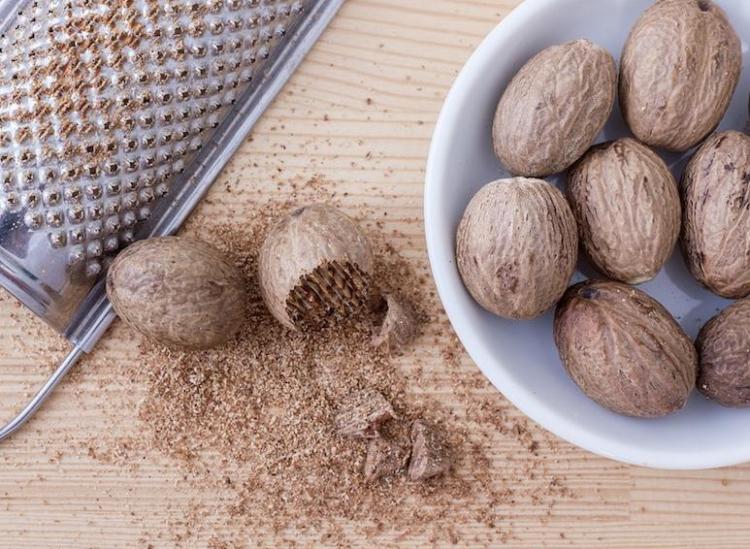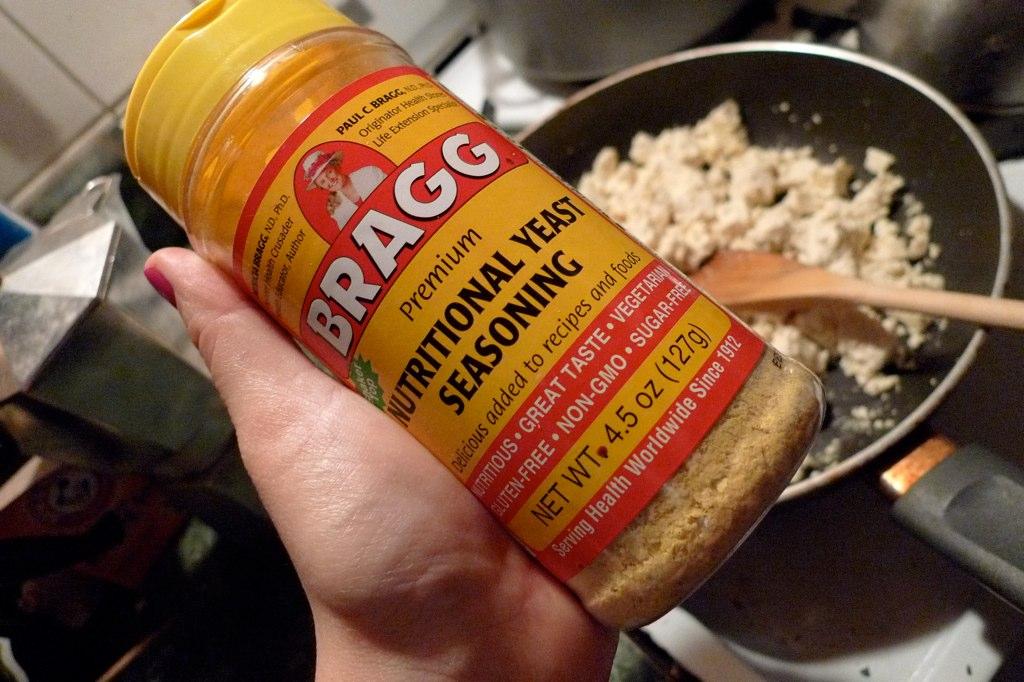7 Flavorful Salt Substitutes You Should Be Cooking With

Max Pixel
One of the biggest differences between restaurant food and a home-cooked meal is the amount of salt used. Chefs definitely aren’t afraid of salt. And while salt enhances other flavors, a salt-heavy diet isn’t exactly ideal. Luckily, there are plenty of other bold ingredients out there that’ll boost your meals without you having to go near the salt shaker.
1. Nutmeg
This sweet and pungent spice works wonders in baked goods, but it works just as well with savory foods. Nutmeg can add an unrivaled flavor to your mac ‘n’ cheese, vegetables, soups, dressings, sauces and darker meats like lamb and pork.
2. Miso Paste
Miso is a natural way to add umami and saltiness to your food. This Japanese seasoning is made from fermented soybeans, salt and koji (a sweet and fragrant fermenting agent). You’ll find three different varieties of miso paste: white, yellow and red. Red miso is the saltiest of the bunch. You can use it for heartier dishes like meat or eggplant. White miso, which is on the mild side, can be added to pretty much anything, ranging from soups to salads to marinades. Yellow miso falls right in the middle, and it’s great for glazes, marinades, soups and salad dressings.
3. Vinegar

Unsplash
Just like salt, vinegar helps to enhance other flavors that are present in your food. You’ll get more of a sour taste with vinegar, so you’ll want to start small. Vinegar can help add moisture to your food as well, and it’ll elevate the taste of different ingredients in your dish that you might not have noticed otherwise.
4. Tamarind Paste
Tamarind paste is a funky ingredient to experiment with. Here’s a recipe for making a low-sodium teriyaki sauce with tamarind paste. Tamarind is sweet, tart and sour. You can eat the pulp on its own or mix it with other ingredients to dilute the strong flavor. Tamarind makes an awesome base for sauces, chutneys, stews, rice dishes and marinades. It has a natural acidity, which can also help to tenderize tough cuts of meat.
5. Nutritional Yeast

Flickr/Watashiwani
Nutritional yeast, or nooch, is deactivated yeast that’s sold in both powder and flake form. It has a strong umami-like flavor that’s both cheesy and nutty. It’s usually a secret weapon among vegans and used as a cheese substitute. Instead of using salt, you can use nutritional yeast for everything from pasta to popcorn to mashed potatoes to kale chips to scrambled eggs. You can easily find nooch at most health food stores.
6. Dashi
This Japanese ingredient is used as a common base for broth. Similar to miso paste, dashi gives your food an umami taste. The most common form of dashi is made with a combination of fish flakes and dried seaweed. For a natural saltiness in your soup, you can add a little dashi to your base and see if that does the trick.
7. Citrus Juice
You can use the juice of lemons, limes, oranges or grapefruit to flavor your food just like you would salt. Squeeze some fresh juice over your veggies, salads, sweet potatoes or protein dishes. Adding fresh zest and juice from citrus can be even more flavorful than salt sometimes.











